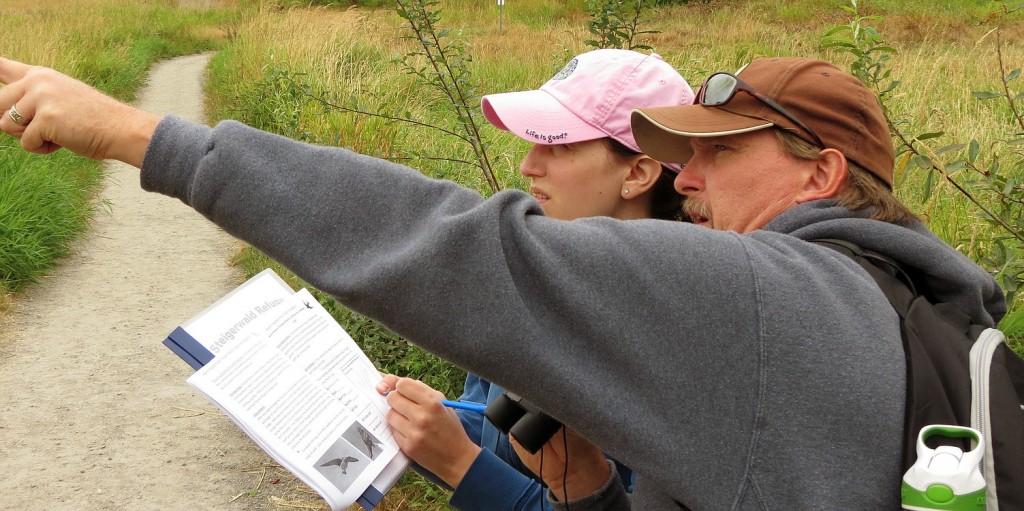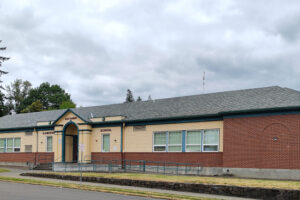Educators in the Camas-Washougal area spent a recent Tuesday morning exploring ways to teach their students by getting outside of the classroom and into nature.
Jim Clapp, Steigerwald Lake National Wildlife Refuge manager, coordinated two environmental education teacher trainings held at the refuge and nearby Jemtegaard Middle School in Washougal. With the help of the Columbia Gorge Refuge Stewards, Lower Columbia Estuary Partnership, Educational Service District 112 and Friends of the Ridgefield National Wildlife Refuge, teachers from Camas, Washougal and Battle Ground spent six hours learning how to teach using the outdoors.





